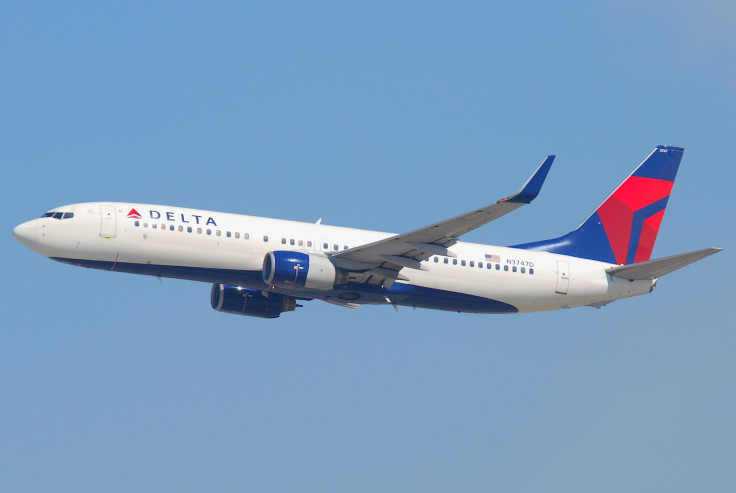Boeing 737 Problems: FAA Orders More Inspections After Cracks Found On Parts

The Federal Aviation Administration ordered a new round of inspections Wednesday on 1,911 Boeing 737 NGs for cracks in wing supports that could affect structural integrity, providing a major headache for Boeing, carriers and travelers.
With the 737 Max still grounded over concerns about its crash avoidance system, the latest order, which needs to be completed within a week, raises the possibility of even more planes being taken out of service and possible flight cancellations.
The FAA said it received reports of cracking on a wing support known as the pickle fork on heavily used Boeing 737-800s as they were being converted from cargo to passenger use. The pickle fork attqaches the wing to the fuselage and failure potentially could lead to a loss of structural integrity and loss of control. The problem was first discovered on a plane in China.
More than 7,000 of the NGs have been sold as the Boeing 737-600, -700, -800 and -900 and are the third incarnation of the 737 series, one generation ahead of the 737 MAX.
The FAA said in a statement the cracks were discovered by Boeing (BA) as modifications were being made on a heavily used plane. Inspections on other aircraft revealed similar problems.
Southwest Airlines, the largest operator of 737 aircraft, said it was waiting for additional guidance from the FAA. Of its fleet of 768 planes, 720 are 737-700s and -800s.
“We are aware of the reported issue and to date, have not had any unusual findings associated with the pickle fork on our 737 NG aircraft,'' Southwest Airlines spokeswoman Brandy King said in a statement, USA Today reported.
American Airlines has 304 737-800s.
The latest directive follows word safeguards built into the military version of the 737 MAX were left off the passenger version, CNN reported. The crash avoidance system was equipped with multiple sensors while the passenger version had just one. A redesigned system for the passenger planes will now use two sensors to help prevent pilots from losing control.
Boeing said the civilian and military versions of the plane are not directly comparable and that was the reason the maneuvering characteristics augmentation system were designed differently.
The passenger planes have been out of service because of two fatal crashes involving Lion Air and Ethiopian Airlines flights that killed 346 people. Preliminary reports indicate the automated crash avoidance system kept pushing the planes’ noses down, sending them into unrecoverable dives.
Boeing is expected to submit a software fix to the FAA soon in hopes of getting the planes back into the air before the end of the year.
© Copyright IBTimes 2024. All rights reserved.






















